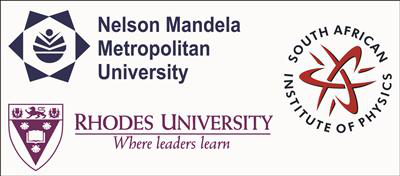Speaker
Apply to be<br> considered for a student <br> award (Yes / No)?
Yes
Main supervisor (name and email)<br>and his / her institution
E.E van Dyk Ernest.vanDyk@nmmu.ac.za
Abstract content <br> (Max 300 words)<br><a href="http://events.saip.org.za/getFile.py/access?resId=0&materialId=0&confId=34" target="_blank">Formatting &<br>Special chars</a>
The power generation and efficiency of a High Concentrator Photovoltaic (H-CPV) modules are unsurpassed when compared to other Photovoltaic (PV) technologies. This is achieved by coupling highly efficient III-V multi-junction photovoltaic devices with high material quality and precise optics. However, depending on their configuration with respect to each other, i.e device material architecture and type of optics (reflective and/or refractive), the system optimisation may vary and efficiency affected. This is due to the partial or full photon absorption by the optical materials in different wavelength regions. This results in less photons being incident upon the different subcell regions of a multi-junction device, causing a varying degree of current mismatch between the subcells during operation. In this paper, several multi-junction device-to-optical system configurations are investigated. Utilizing Mathematica routines, the current density and corresponding Current-Voltage (I-V) characteristic curves of the sub-cells, as a function of the optical system influence, were simulated. This enabled the overall resulting device I-V curve to be used to determine the most efficient and highest power generating device-to-optical system at one-sun concentration (AM 1.5D).
Please indicate whether<br>this abstract may be<br>published online<br>(Yes / No)
Yes
Level for award<br> (Hons, MSc, <br> PhD, N/A)?
PhD
Would you like to <br> submit a short paper <br> for the Conference <br> Proceedings (Yes / No)?
No

